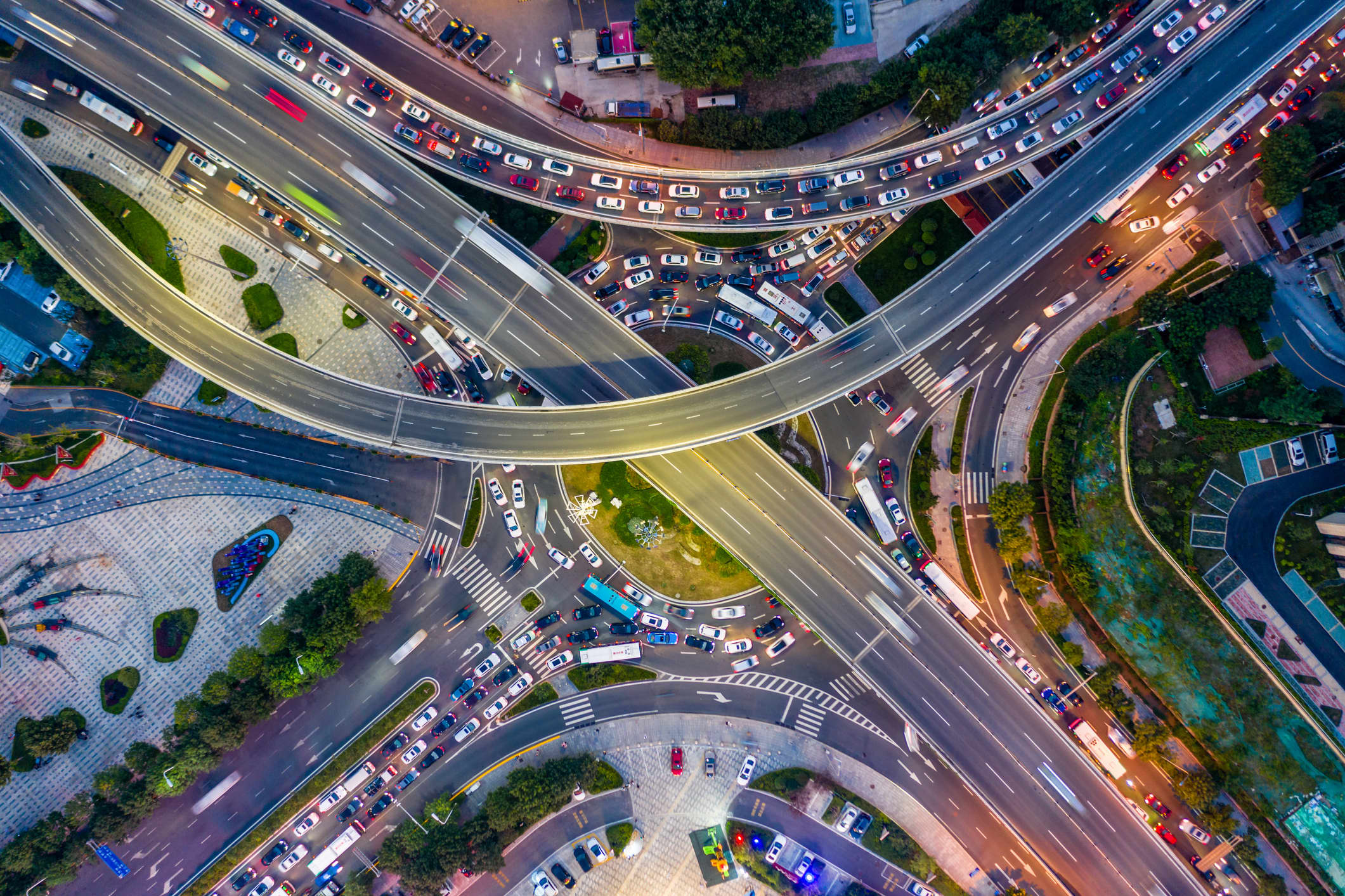
An overpass during the rush hour in the north district of Qingdao City, in China’s Shandong province.
Cheunghyo | Moment | Getty Images
Three of Asia’s largest economies will spend an estimated $12 trillion to achieve net-zero carbon emissions in their transport industries, according to Dutch bank ING.
China, Japan and South Korea account for almost two-thirds of all carbon dioxide emissions in Asia-Pacific, and approximately a third of global emissions, said the bank.
Both Japan and South Korea have pledged to achieve net-zero carbon emissions by 2050, and China by 2060. Net-zero emissions refer to removing more greenhouses gases from the atmosphere than produced.
The $12.4 trillion cost estimate is “equivalent to more than 90% of China’s 2020 GDP,” according to Robert Carnell, ING’s Asia-Pacific head of research and author of the report.
It will cover the electricity generating capacity needed by countries to supply new fleets of battery electric vehicles, electrified rail, hydrogen-powered trucks, sustainable aviation fueled planes, and ammonia-burning ships, he wrote.
The $12.4 trillion price tag doesn’t include infrastructure spending to replace existing vehicle fleets, install electric vehicle charging points, or store new fuels in the industry, he noted.
With up to 30% of total energy consumption coming from the transport systems of the three countries, they would need to act fast and adopt sustainable solutions to ensure their goals are within reach, said ING.
If China, Japan and South Korea start their energy transition process today and spread out their efforts over the next 30-40 years, the cost to achieve net-zero carbon emissions in transportation will be manageable, the bank said.
China’s race to net-zero
China is the world’s biggest carbon dioxide emitter and achieving net-zero carbon emissions will cost its transportation sector $11 trillion — or “1.8% of GDP per year through to 2060,” the report said.
Citing the 2020 China Renewable Energy Outlook, ING pointed out that passenger car transport in China will more than double to 450 million by 2050 — from 220 million vehicles in 2018.
China has seen rapid growth in the electric vehicle space, and ING predicts that if the country fully adopts battery plug-in electric vehicles by 2060, the total energy demand from passenger vehicles by 2050 could decrease significantly.
China’s marine industry would require the most investments to achieve net-zero carbon, ING said, adding that the demand for sea freight is estimated to grow to around 120% of today’s levels by 2060.
However, it would be impossible to achieve carbon neutrality without substituting diesel and liquefied natural gas with green ammonia, hence incurring extra cost of $3.7 billion and an additional 433 gigawatts of electricity generating capacity.
Japan and South Korea’s carbon neutral goals
Both Japan and South Korea have set their sights on 2050, and aim to reach their carbon neutral goals by then.
It will cost Japan $1 trillion to transition to a net-zero plan for its transport system, in terms of the electricity generating capacity required, according to ING’s forecast. This accounts for “about 20% of current Japanese GDP” — but that number can fall to “0.6% GDP per annum when spread between now and 2050.”‘
The report said Japan has made little progress in decarbonizing its economy as fossil fuels still make up more than two-thirds of the country’s primary energy supply. In a positive light, this means “Japan has a lot of low-hanging fruit to exploit in the transition process offering the prospect of rapid progress.”
ING estimated that the total green energy capacity costs for transforming South Korea’s transport sector toward a net-zero carbon future would cost around $400 billion, or 0.6% of today’s GDP per year when spread over the next 30 years.
Although the cost countries will have to spend on transitioning their transportation systems can be “immensely depressing,” it’s important to remember that “all of this spending is going to show up as GDP,” Carnell wrote.
Source: CNBC
